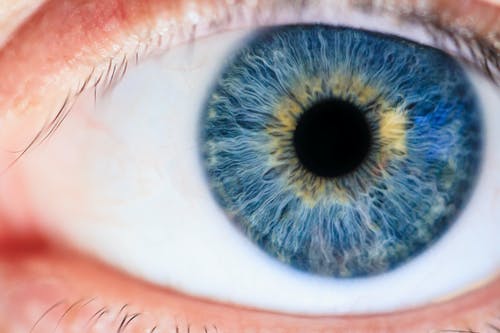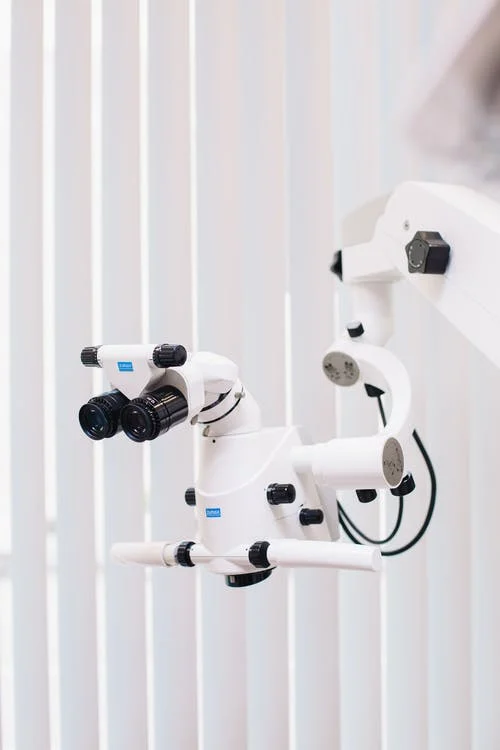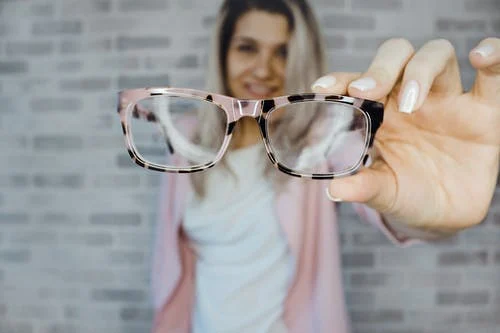
Computer eye strain may not be something you think about often, but once it affects you, it’s hard to ignore. That’s why protecting eyes from digital screens has become more important than ever, but effectively resolving the problem is more about prevention than treatment.
Simple eye care tips and preventative measures help protect your eyes from digital eye strain, and here is how.
What is DES?

Digital Eye Strain or DES has become very common today due to the fact that everybody uses some sort of a screened device in daily life, particularly smartphones. As a result, DES occurs in around 50% of users.
Prolonged looking at screens can make your eyesight worse, but the good news is that such eye strain is not a long-term issue. However, it can cause serious discomfort and make your workday quite difficult.
The symptoms vary depending on the type and size of the screen you normally use, but in general, they include blurred vision, dry eyes, headaches, and in extreme cases, neck and shoulder pain.
How to protect your eyes from DES
Get a comprehensive eye exam

An annual comprehensive eye exam is the most crucial eye care you can do to prevent or treat vision problems. At the exam, make sure you explain to your eye doctor how much and how often you use digital devices at work and home, so they can determine the best course of action. This may involve a series of tests but if you go to a bulk billing optometrist, you’ll receive a variety of examinations using state of the art equipment that will detect any disease and conditions that could affect your eyes as early as possible.
Ensure Your Room Is Well Lit
It may sound illogical, but less light and brightness in your room is beneficial for your eyes when you’re working in front of a screen. In general, offices and workspaces shouldn’t be too bright, so it’s recommended you dim the light by closing curtains and reducing fluorescent lighting. Opt for lower voltage bulbs and set your ambient lighting to about half as bright as the average office. Also, if doable, don’t position your computer screen in front of or behind the windows, but rather to their side.
Minimize glare

It’s not just the reflection from your screen that can cause eye strain, but also the glare from light reflecting off walls and surfaces. Start by installing an anti-glare screen on your display and, if possible, tone down the bright white paint of your walls with a darker colour with a matte finish.
This type of coating decreases the glare by reducing the amount of light that reflects off the front and back surfaces of your eyeglass lenses.
Use high-resolution screens
Most people don’t use CRT screens any more as they’ve become old and obsolete. Modern screens now offer refresh rates of 75Hz or higher, and the higher the better. Furthermore, higher screen resolutions appear more realistic and lifelike. By not seeing the actual pixels, your eyes won’t strain that much to make sense of the images they see.
Adjust your computer display settings

Adjusting the display settings on both your smartphone and computer can help minimize eye strain and fatigue. Adjust the display brightness to make it similar to the brightness of your surrounding workstation. You can also adjust the text size and contrast, particularly if you’re working on long documents.
Finally, there’s the colour temperature – blue light is short-wavelength visible light that causes more eye strain than longer wavelength hues, such as red and orange. If you reduce the colour temperature of your display, you will lower the amount of blue light emitted which will feel better for long-term viewing.
Modern Android and Apple smartphone models provide night mode features that automatically reduce eye strain at night. By turning this feature on, your phone will automatically adjust screen settings according to the time of day.
With smartphones and computers becoming increasingly common in all spheres of our lives, you have no option but to spend a large amount of your time looking at your screens. Prolonged and concentrated eye focus on glaring screens isn’t only bad for the body and mental health, but it can be harmful to your eyes as well. There may not be permanent eye damage, but you might feel issues like eye discomfort, headache, blurred vision, dry eyes, or a change in colour perception. Such eye strain can eventually lead to decreased productivity so make sure you follow the tips listed here and prevent any further damage.





